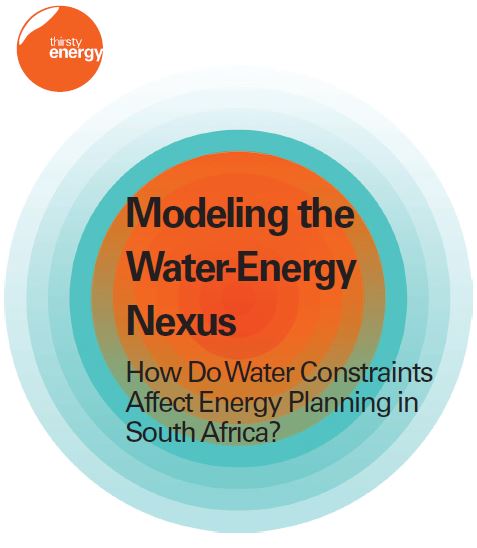Modeling the Water-Energy Nexus How Do Water Constraints Affect Energy Planning in South Africa?
South Africa represents an ideal case study of the challenges that the Thirsty Energy initiative is designed to address. South Africa is a water-stressed country that is also experiencing a crisis of electricity supply. The sustainability of water and energy supplies is uncertain, as is the impact of shortages on social well-being, the national economy, and the environment, particularly in the context of climate change. Fully understanding the contours of the water-energy nexus is therefore particularly relevant for South Africa. The South Africa case study presented in this report documents the development of a “water smart” version of SATIM (SATIM-W), depicted in figure O.1, in which the water needs of the energy sector and the options available to meet those needs (bulk water infrastructure and alternative sources such as desalination) are represented by information derived from a detailed water-basin model. The wealth of water-planning datasets and cost curves available from South Africa’s Department of Water and Sanitation (formerly the Department of Water Affairs and Forestry) and supported by local water modeling experts serve as the main data source on water for this purpose. This case study has yielded some important general findings on the broader impacts of modeling the water-energy nexus. They point to the potential benefits of further development of the SATIM-W model and of the concept of the water-energy nexus as a critical consideration in planning.
